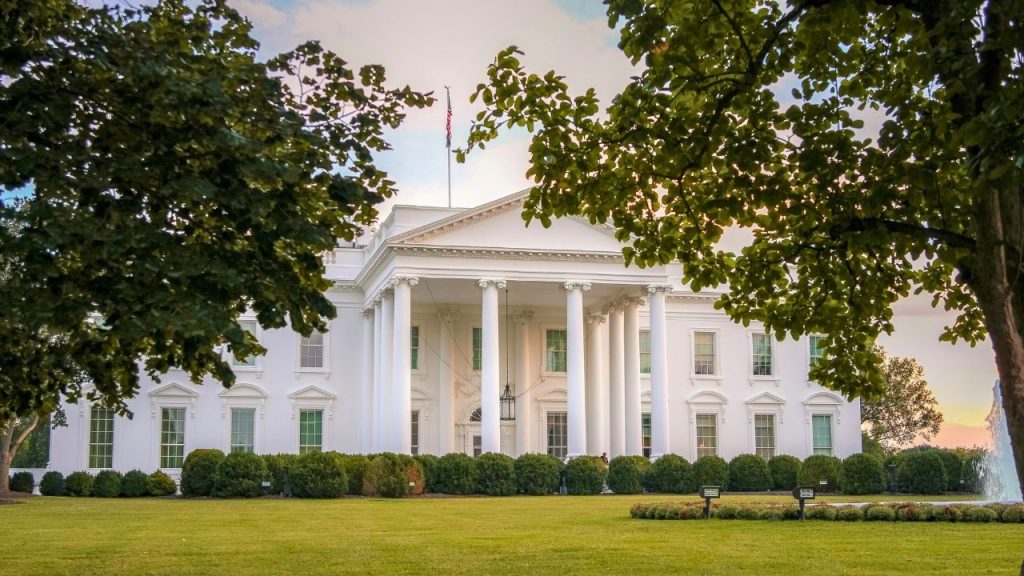Congress has passed the Epstein Files Transparency Act, which requires the Department of Justice to release all unclassified federal materials tied to Jeffrey Epstein within 30 days. The bill passed the House 427–1 and advanced through the Senate without opposition.
President Donald Trump signed the measure on November 19, 2025. His signature started the countdown for the document release and obligated the Justice Department to make a broad set of investigative materials public.
What the Epstein Files Will Include
The expected contents of the Epstein files include witness transcripts, internal communications, investigative notes, travel records, and financial documents tied to Epstein and Ghislaine Maxwell.
The law includes a set of exemptions, which include the redaction of victim identities, medical information, and protected personal data.
These disclosures are expected to create gaps in prior investigations, especially the periods where federal enforcement actions stalled or shifted course. The Justice Department has also taken steps to unseal federal grand jury transcripts tied to earlier phases of the Epstein investigation.
This additional effort suggests that federal officials anticipate public demand for transparency extending beyond the typical release of investigative files.
Survivors Report New Threats
Several survivors say they have received threats tied to the increased attention on the case. These accounts detail the escalation of harassment as the release date approaches.
Advocates for survivors have stated that threats typically increase anytime new information is expected to surface. Many are asking for adequate federal protection and for their identifying information to be handled carefully.
Marjorie Taylor Greene’s Resignation
The movement toward full Epstein transparency coincides with Representative Marjorie Taylor Greene’s decision to step down from Congress on January 5, 2026.
Greene’s resignation followed deepening tensions with Trump and members of her own party. One of the key disagreements involved her push for the full release of the Epstein files. A position she maintained even during periods of resistance within Republican leadership.
The broader political fallout notes that her advocacy for full disclosure contributed to the breakdown in her relationship with Trump. The situation escalated further when Trump withdrew his endorsement, as Reuters reported.
Greene stated that she did not want to put her district through a divisive primary tied to national political pressures. Her departure now sits alongside the federal timeline for the release of the Epstein documents, adding another layer to the transparency debate.
A Transparency Battle With Political Costs
The Epstein file release and Greene’s resignation intersect because both highlight the political weight the transparency issue now carries.
Greene’s side of the conflict shows that supporting full disclosure is not a neutral position inside the GOP. The transparency push has created visible splits within the party, and Greene’s exit underscores that these divides have real costs.
The transparency law has forced federal agencies to prepare disclosures that could influence public opinion and political strategy heading into the midterms.
What to Expect as the Deadline Nears
The Justice Department is now under a firm deadline to publish the Epstein files. Redaction work is expected to be significant, but the bulk of the investigative materials must be made public under the new law.
Greene’s exit adds political urgency to the process. While she will not be in Congress when the files become public, her role in pushing for transparency has already helped reshape the conversation within the Republican Party.
Featured Photo Credit: Marjorie Taylor Greene (philipyabut/shutterstock)








